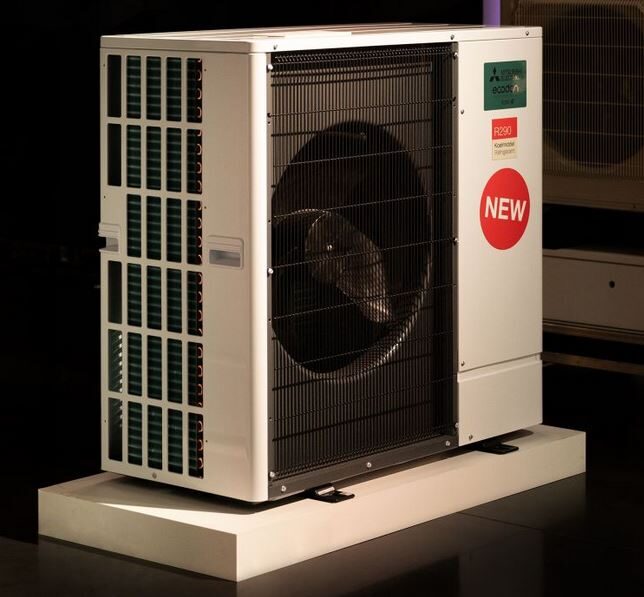As part of the research project “Model Region: Agrivoltaics for Baden-Württemberg,” a consortium of over thirty project partners, led by the Fraunhofer Institute for Solar Energy Systems ISE, is building and researching various agrivoltaic (APV) pilot plants in Baden-Württemberg.
Initial interim results from one project show that not only did the crops grown under the PV panels benefit from the partial shading, but also that the PV system produced more electricity than previously assumed thanks to the cooling provided by the plants underneath.
Measurements on the first agrivoltaic system for apple trees, located in Kressbronn on Lake Constance, have been carried out for two years now and the first project results are available. Researchers found that 70% less pesticides were required for the orchard under the APV system, and the need for irrigation was reduced by 50%. This indeed counteracts the increasing trend of too much sun and too little water for the apple trees due to climate change.
The agrivoltaic system produces over 20% more electricity than the consortium expected based on their simulations. The exact reasons for this are still the subject of further investigations, but the research team suspects that a combination of evaporative cooling and rear ventilation makes the most important contribution to the increased electricity yields.
“Not only do the plants benefit from the shade provided by the PV system, but the PV yield also benefits from the plants if the agrivoltaic system is planned appropriately,” said Oliver Hörnle, project manager at Fraunhofer ISE, summarizing the interim results.
These encouraging results confirm the same synergies for fruit-growing applications that were previously measured for an APV system on arable land in 2018 in the APV-RESOLA project. Here PV panels with a total output of 194 kilowatts were installed at a height of five meters on 0.3-hectares arable land near Lake Constance. After two years of operation, the recorded measurements in this project showed higher yields for three of the four crops (winter wheat, potatoes, clover grass, celery) grown under the APV system as compared to the reference area without solar panels.
Celery benefited the most (+12% yield), while winter wheat showed a plus of 3 percent and clover grass a minus of 8%. Based on the 2018 potato yield on 1-hectare cropland, the land use efficiency with the APV system (potatoes and PV) rose to 186% per hectare.
The overarching goal of the project “Model Region: Agrivoltaics for Baden-Württemberg” is to answer open questions about the dual use of land for agriculture and solar power generation. Pilot plants are being developed and constructed at currently thirteen different locations. Each APV system is tailor-made for the various fruit and berry crops, arable or grassland in order to investigate the feasibility of the different application areas and technologies as well as test promising design variants.
For example, one of the systems under research is agrivoltaics for reforestation. The Model Region is one of the largest agrivoltaic research projects not only in Germany but worldwide and involves many partners, pilot plants and different technological approaches. The project, which will run until the end of 2024, is funded by Baden-Württemberg's State Ministry for the Environment, Climate Protection and the Energy Sector, the State Ministry of Food, Rural Areas and Consumer Protection, the State Ministry of Finance and the State Ministry of Economic Affairs, Labor and Tourism.
The agrivoltaic system in Kressbronn on Lake Constance was constructed over an existing apple orchard. Measurements have been carried out over the last two years, enabling scientists to evaluate its performance since 2022.
Author: Oliver Hörnle
This article is part of a series contributed by RD20, a global initiative of leading research institutes of the G20 countries and regions with the aim to strengthen international collaboration in R&D and promote innovation towards a carbon-neutral society.
Articles under this column are contributed by individual RD20 member institutes and are the sole property of the designated author(s).
For more information: https://rd20.aist.go.jp/
The views and opinions expressed in this article are the author’s own, and do not necessarily reflect those held by pv magazine.
This content is protected by copyright and may not be reused. If you want to cooperate with us and would like to reuse some of our content, please contact: editors@pv-magazine.com.






This further demonstrates why solar parking lot canopies +integrated stationary storage batteries +V2G chargers will soon be proliferating in (sub)urban communities at large apartments & condos, neighborhood shopping centers, business parks & various public facilities, including schools. Canopy structures will last for 75+years with minimal maintenance, make cleaning & maintaining solar systems more efficient, and enable much larger distributed energy resource (DER) micro-grids than rooftop solar alone. No new utility transmission, site acquisition, or site improvement spending required.
I would like your research project to also be tried in South Africa. I have head about the project and would like it to be beneficial to my community who ownes 16000 hectares of land.